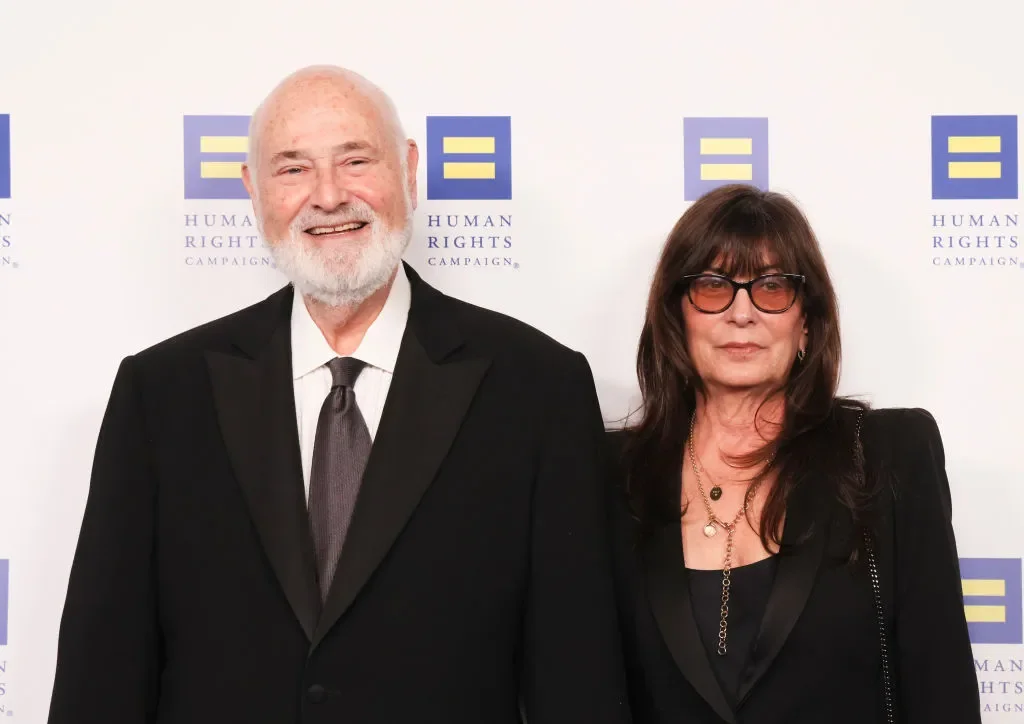Supreme Court Appears Poised To Allow First Religious Charter School
The Supreme Court appeared open on Wednesday to allowing Oklahoma to use public funds to operate the nation’s first religious charter school. St. Isidore of Seville Catholic Virtual School would feature a curriculum grounded in Catholic doctrine, backed by the local Archdioceses, be free for students, and funded by taxpayers.
The case arrives as the Court — where seven of the nine justices have ties to Catholicism — continues to tilt toward expanded religious liberty. This term includes several cases that could further shape the role of religion in U.S. education, with the conservative majority this week appearing to side with religious parents who do not want their children to read books with LGBTQ characters in school.
There is an interesting internal fight among conservatives playing out here. Oklahoma’s Republican Attorney General, Gentner Drummond, challenged the state’s charter school board which approved the school. He argued that it could be a slippery slope, that could eventually see schools teaching “radical Islam or even the Church of Satan” getting state funding. The Oklahoma Supreme Court sided with Drummond, warning it could set a dangerous precedent.
INSIDE THE COURTROOM
On Wednesday, five conservative justices hearing the case (Conservative Justice Amy Coney Barrett recused herself due to a connection with one of the attorneys supporting the school) appeared more receptive to St. Isidore of Seville Catholic Virtual School not being a public school. Justice Brett Kavanaugh said: “All the religious school is saying is, ‘Don’t exclude us on account of our religion.’” He added, “You can’t treat religious people and religious institutions and religious speech as second class in the United States.”
Justice Elena Kagan and the two other liberal justices highlighted the similarities between charter and public schools. "They accept everybody,” she said. “They’re free. They can be closed down by the state. There’s a good deal of curricular involvement by the state, approvals by the state. They have to comply with all the state standards.”
What’s next: If any of the conservative justices side with the three liberals (we are watching Justice John Roberts), a split 4-4 decision would mean the lower court’s rejection of the school stands. If not — and the Court rules that the school can receive public funding — it could invalidate laws in at least 45 states and the District of Columbia, likely triggering a wave of new religious charter schools.





